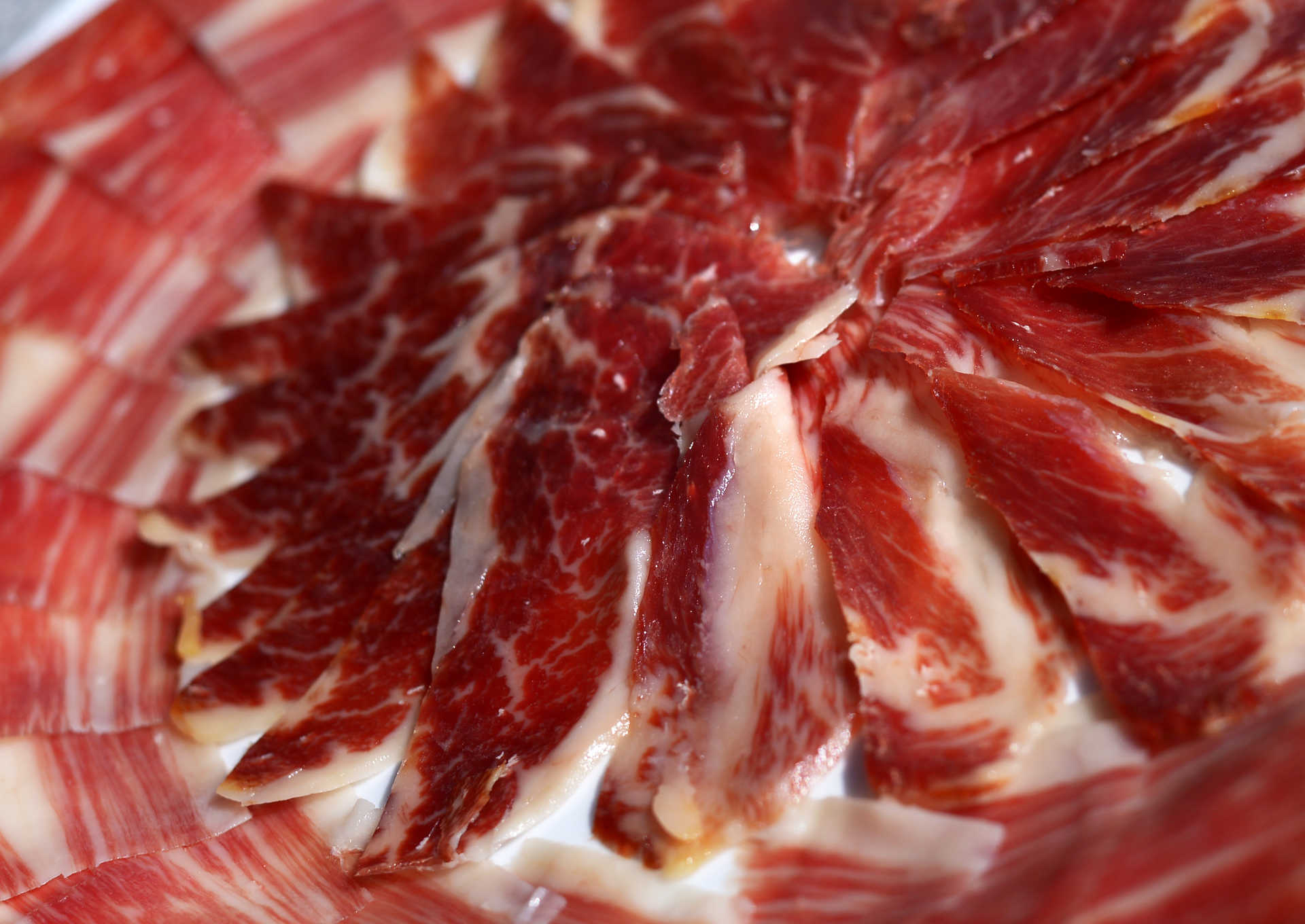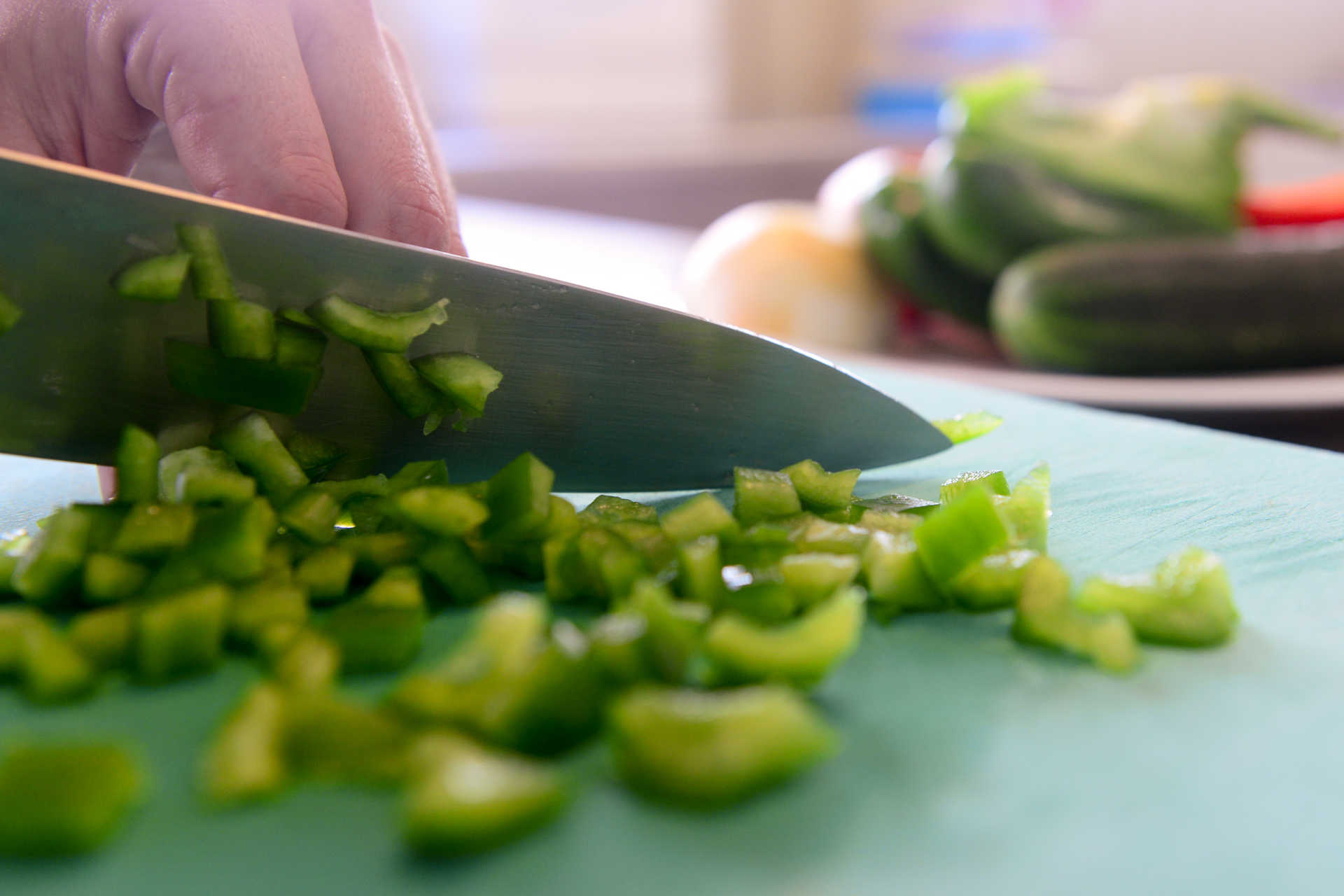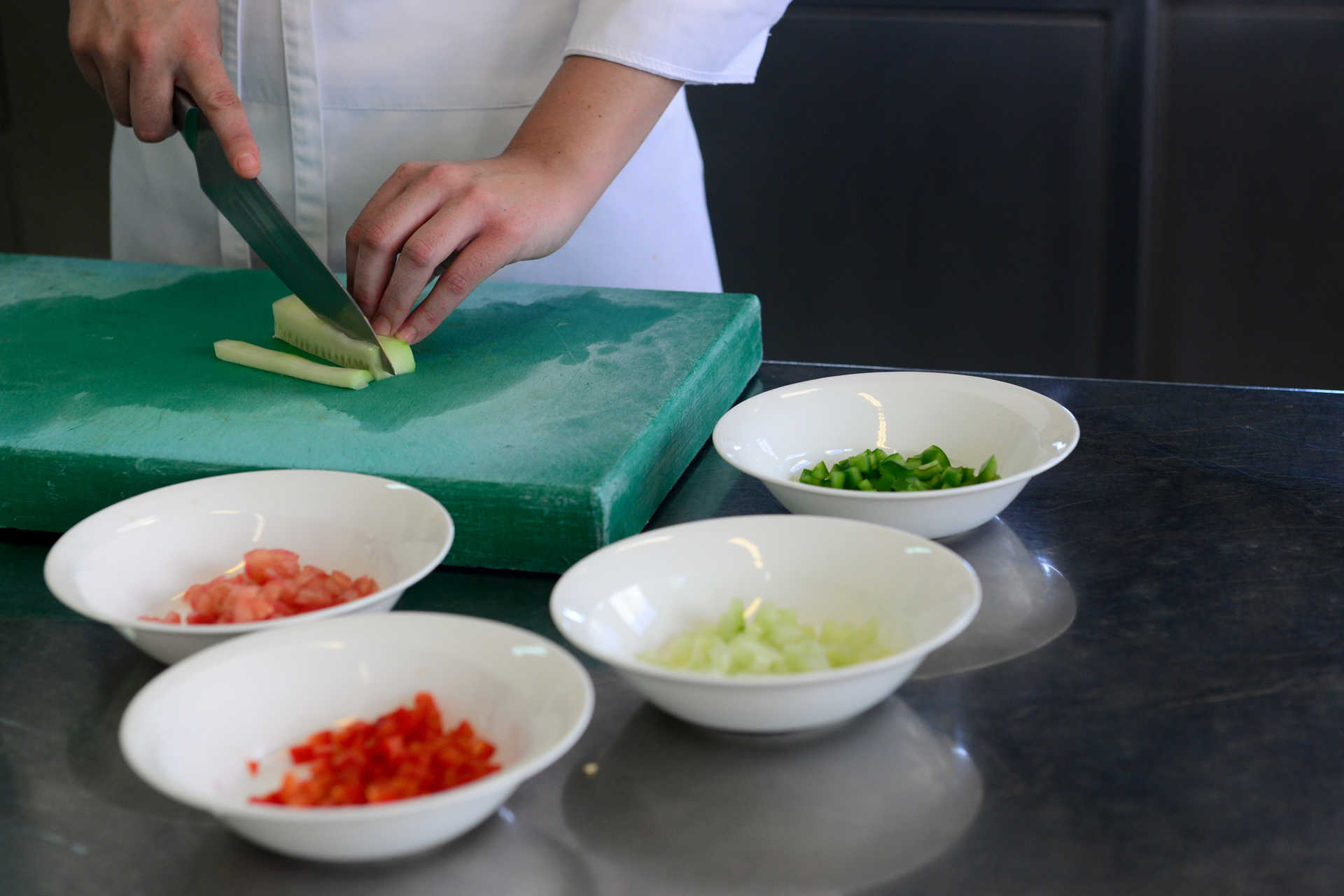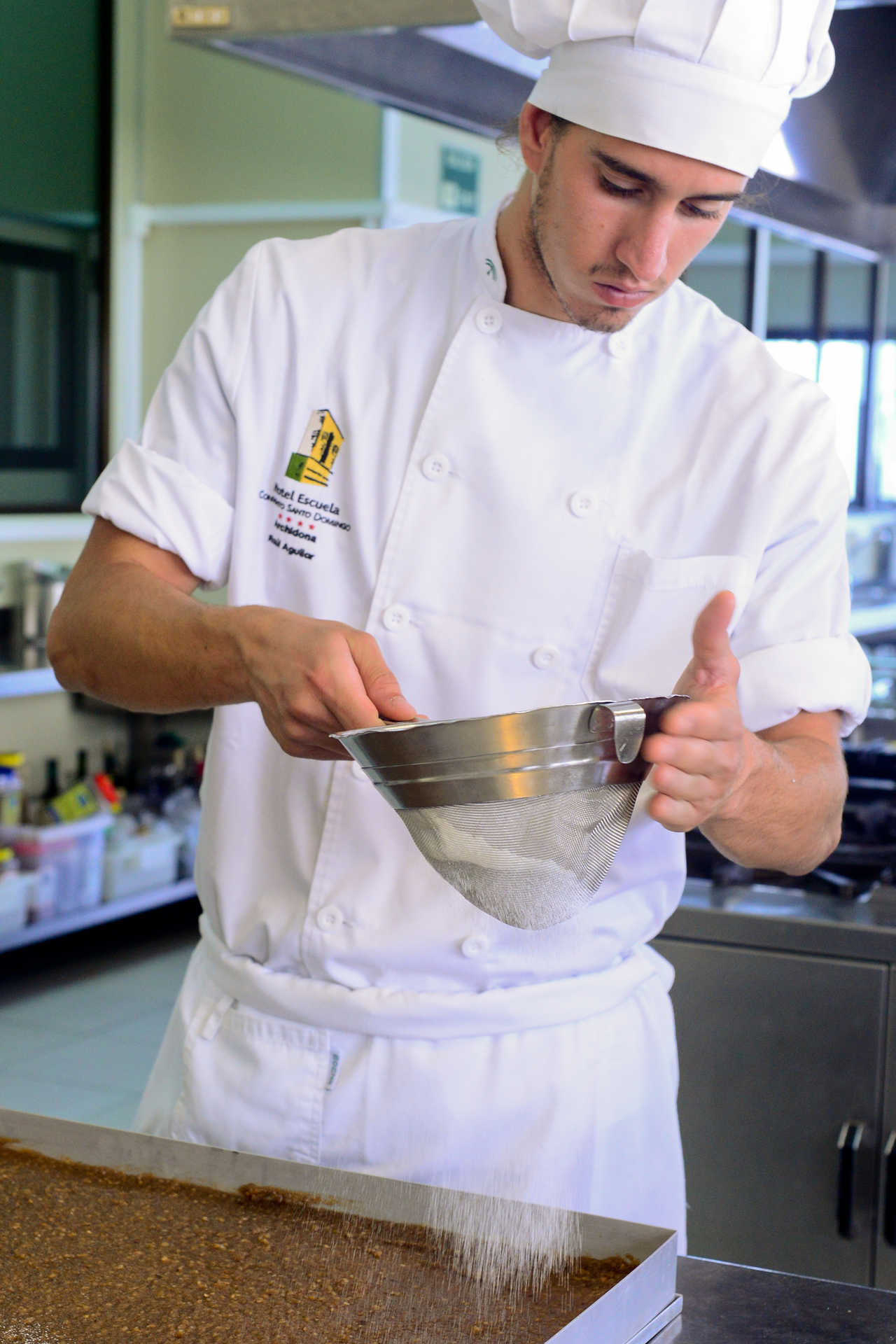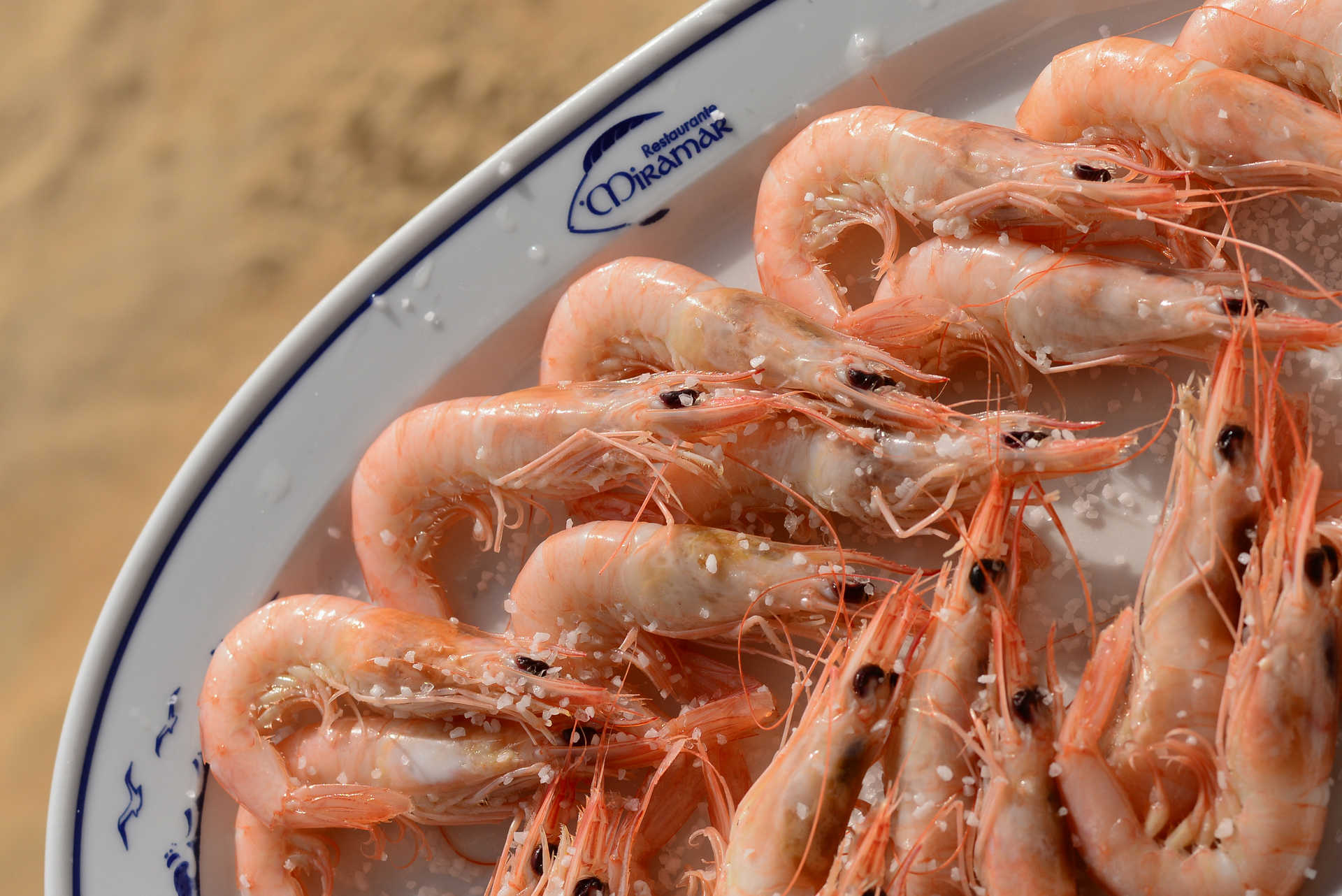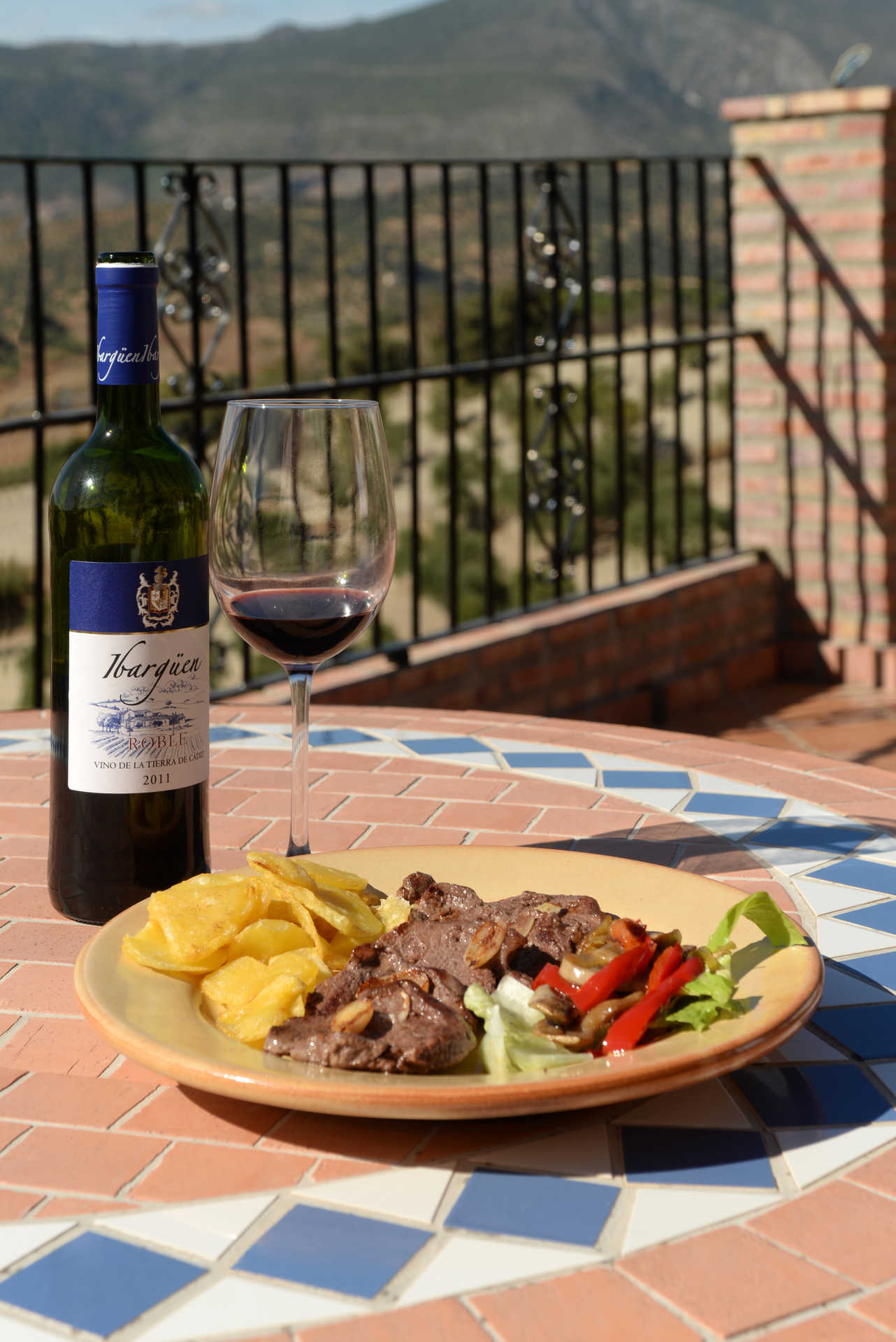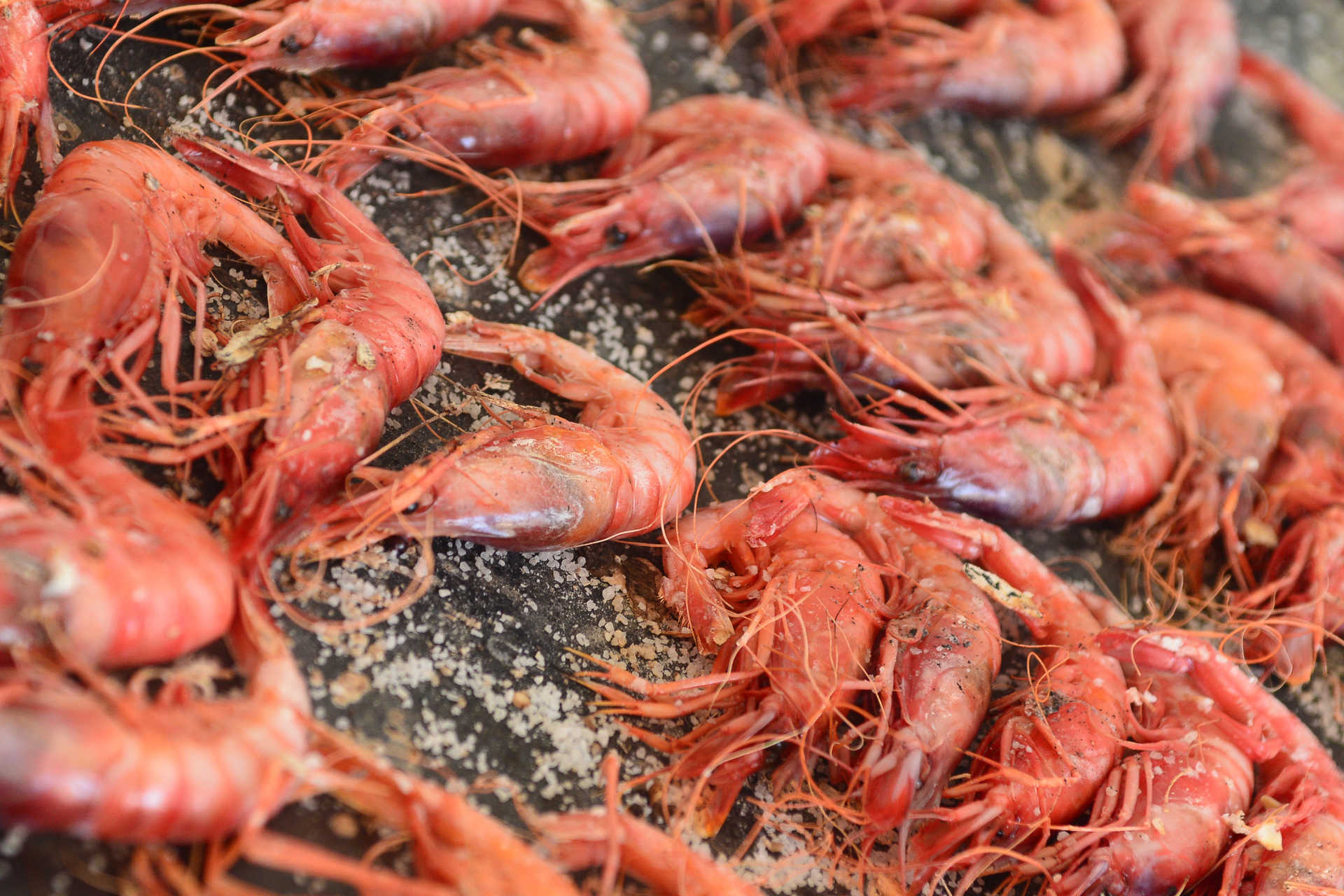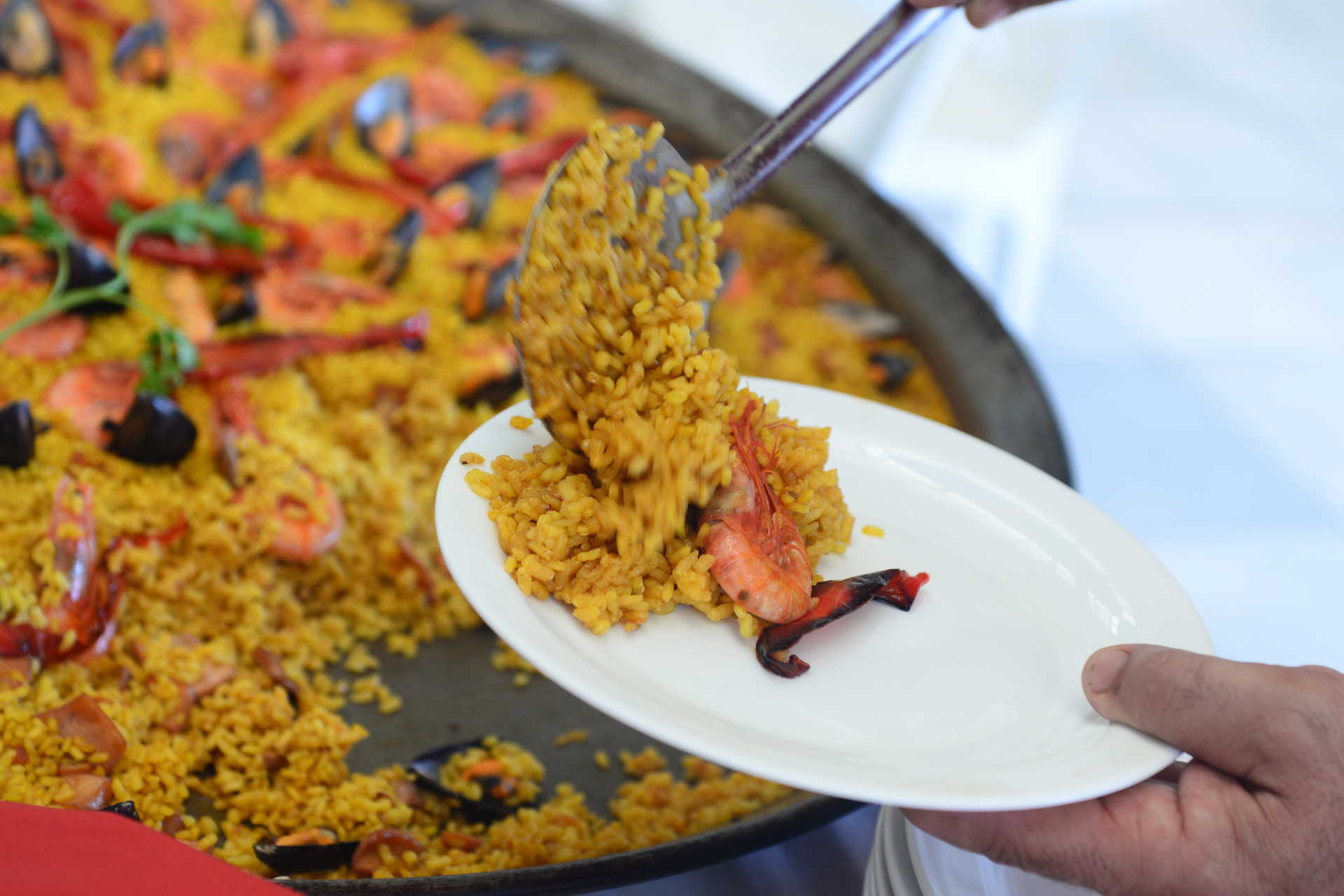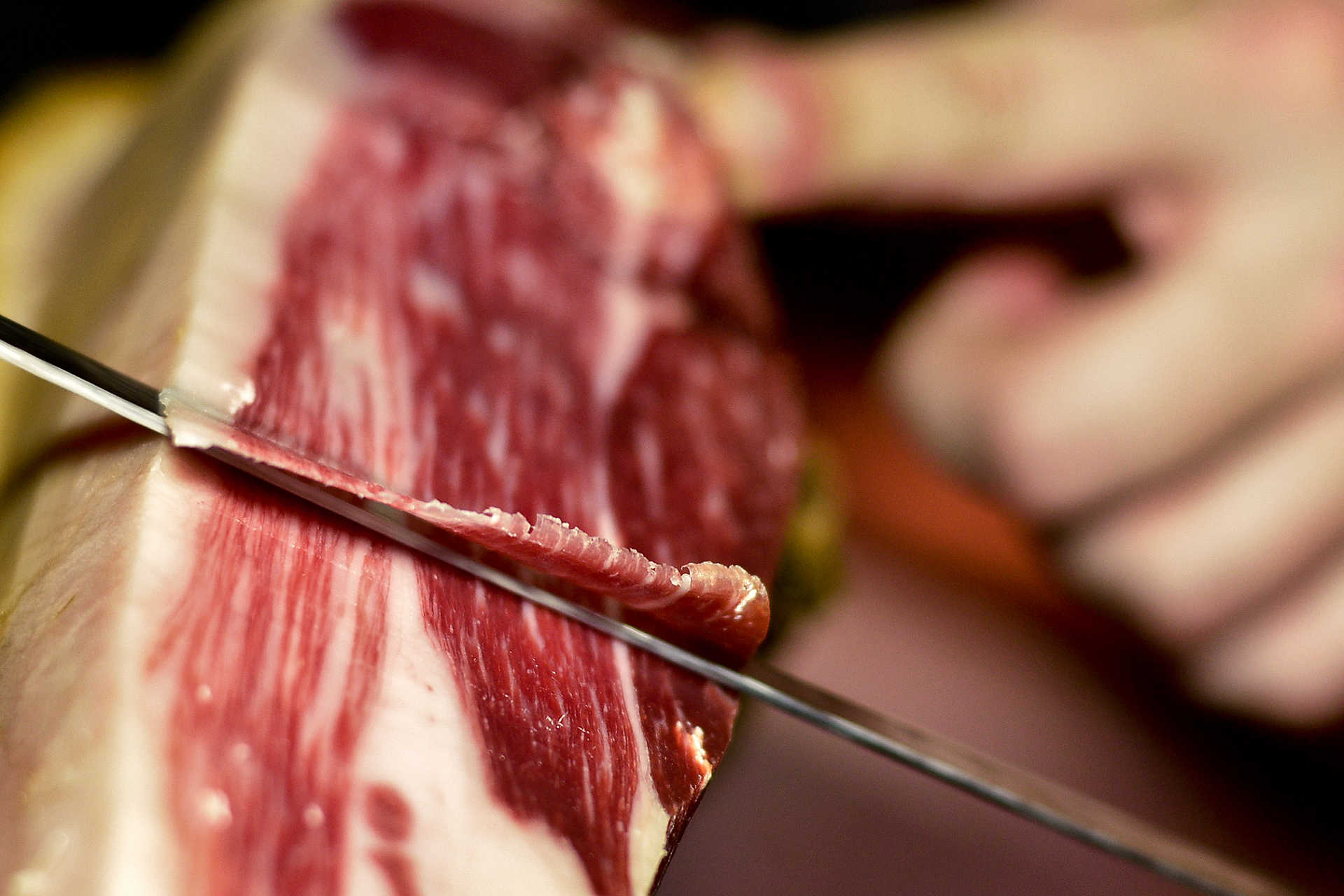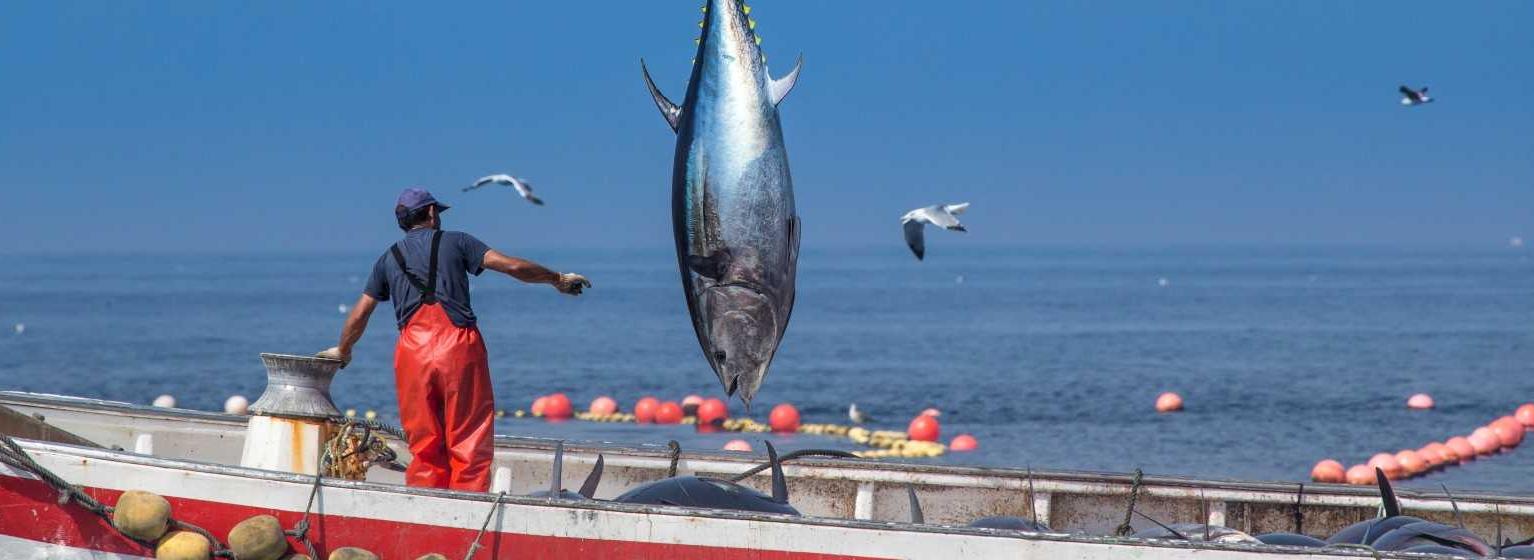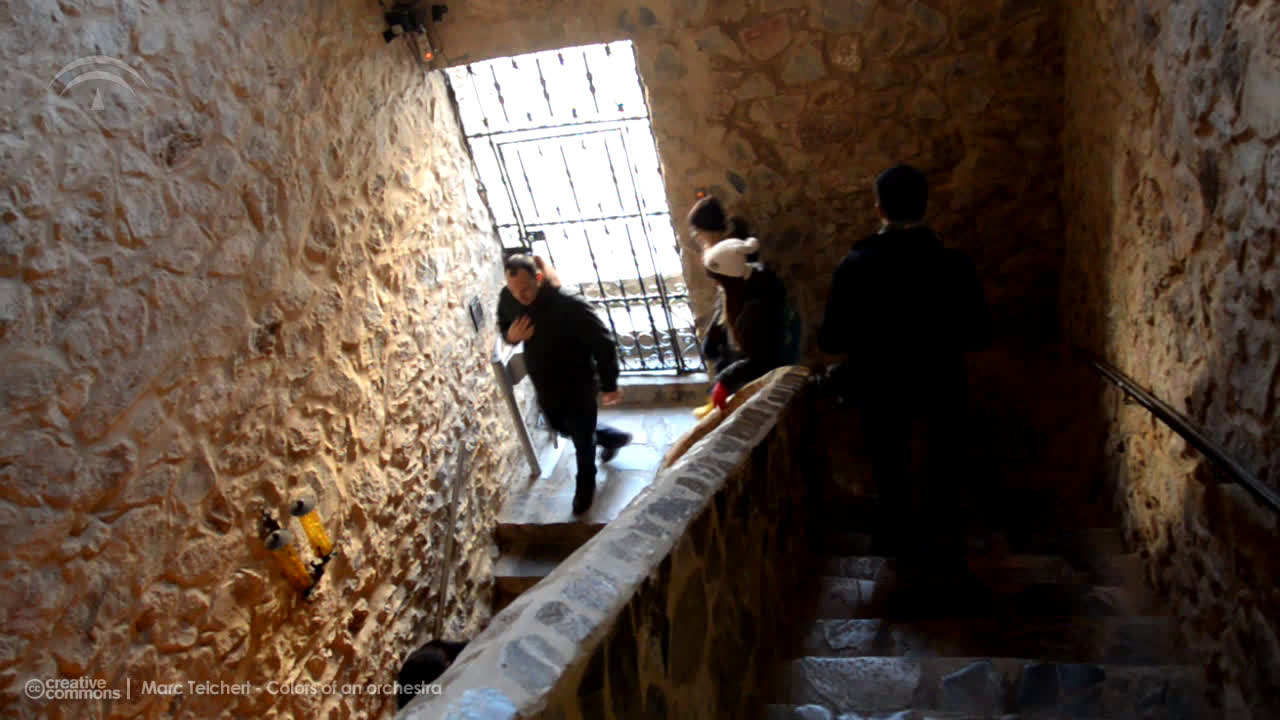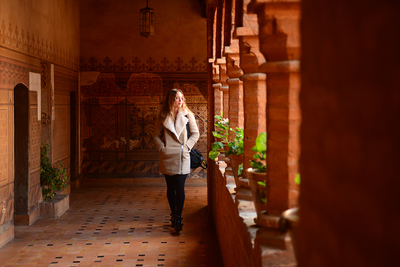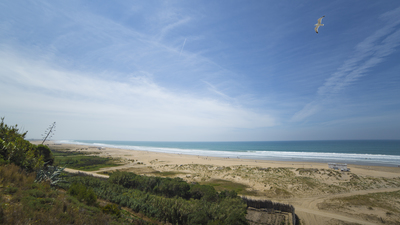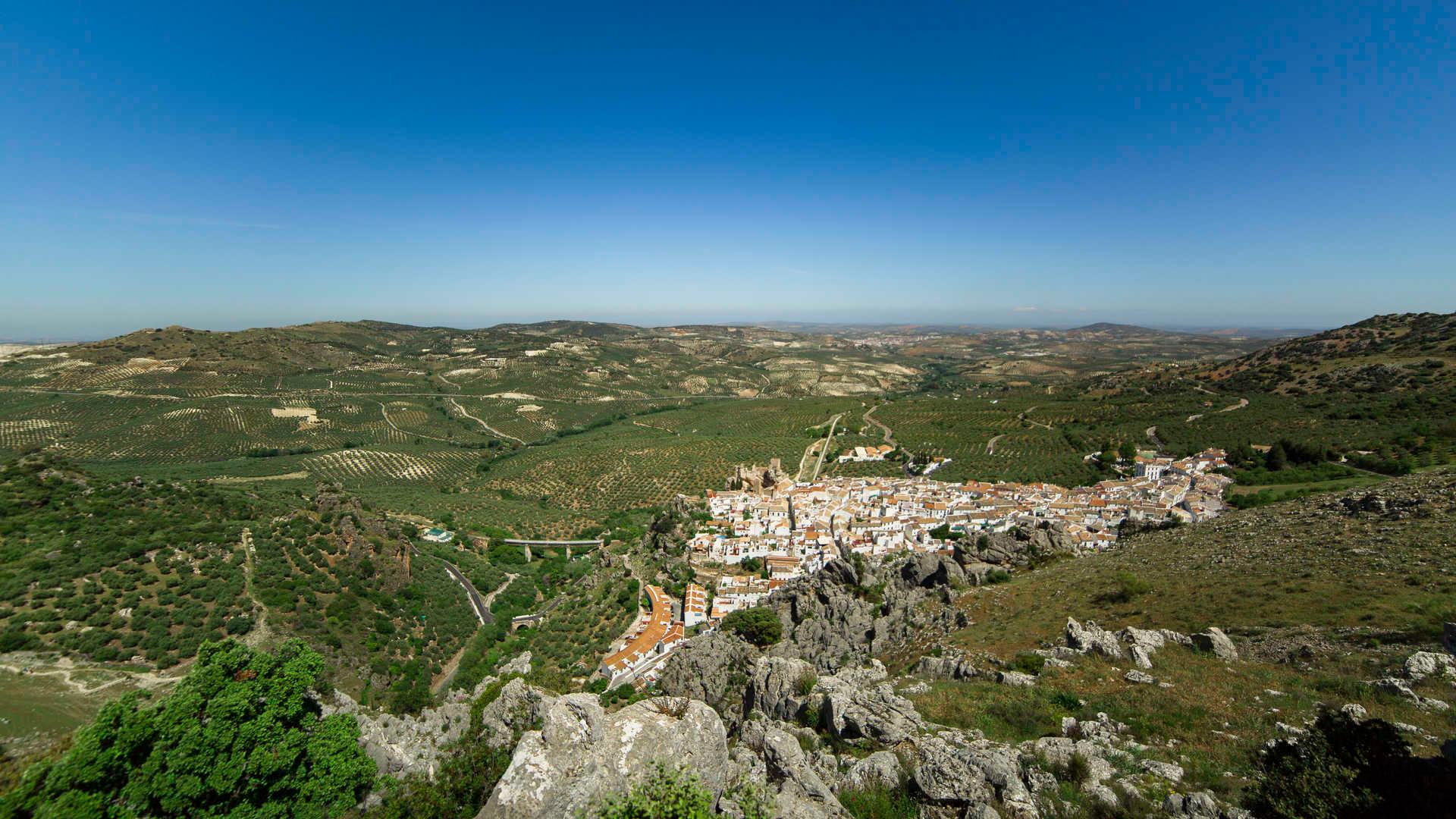Typical Andalusian cuisine which should always be included in your meal
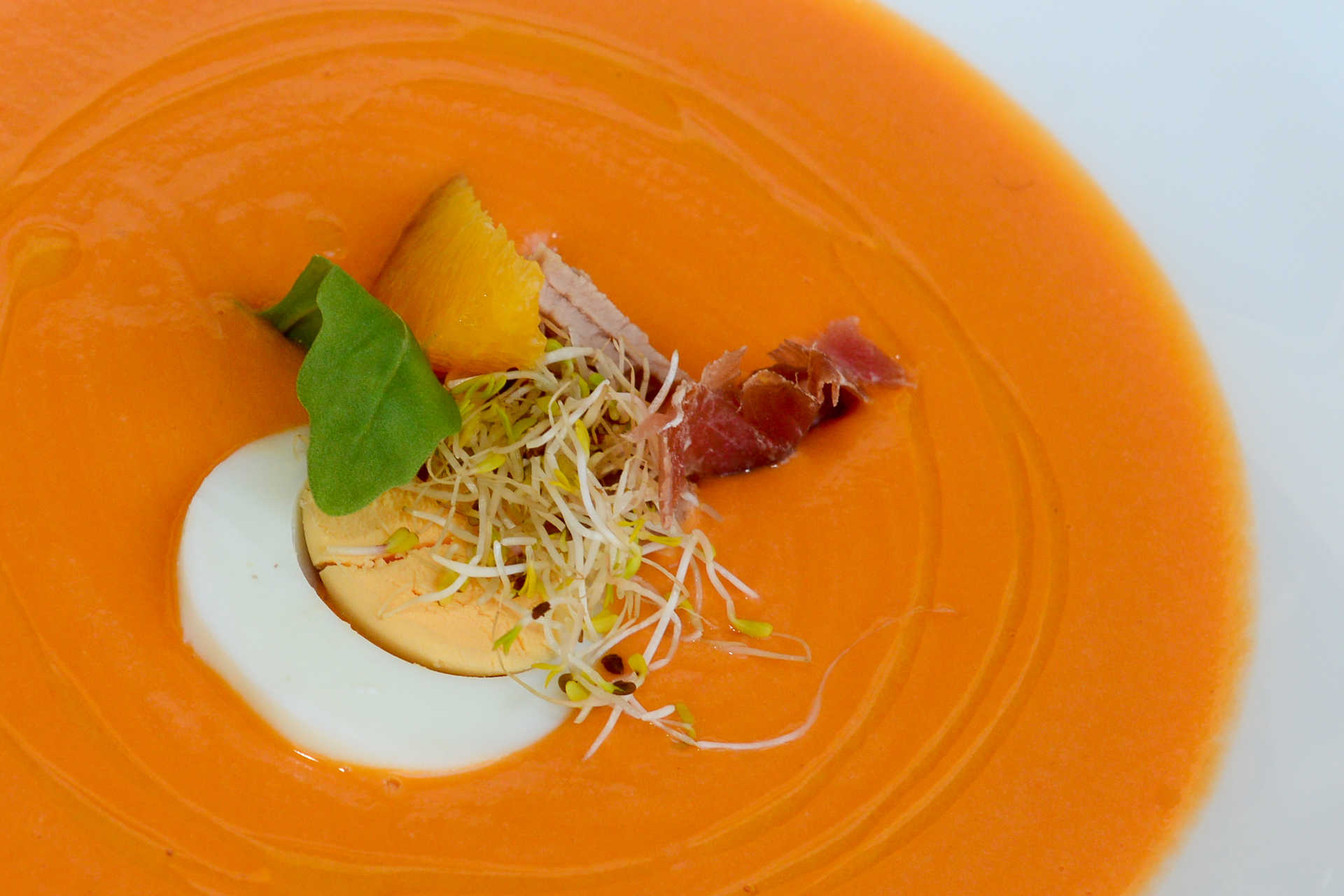
We invite you to discover with us a hint of the stews, meats, desserts, fish and shellfish that will make your mouth water if you visit Andalusia and that should always be included in your meal.
Gastronomy in Andalusia is as varied and rich as all of our landscapes. Each place has a dish and almost all of them are based on the magnificent extra virgin oil that we are so proud of.
A cuisine designed for the Mediterranean diet influenced by the many cultures that have passed through our land, such as the Roman or Moorish cultures. It doesn't seem possible that there can be such culinary variety in such a small area of land; if we compare the gastronomic variety we have in Andalusia with that of countries that are twenty times its size, they have barely 50% of our variety of cuisine.
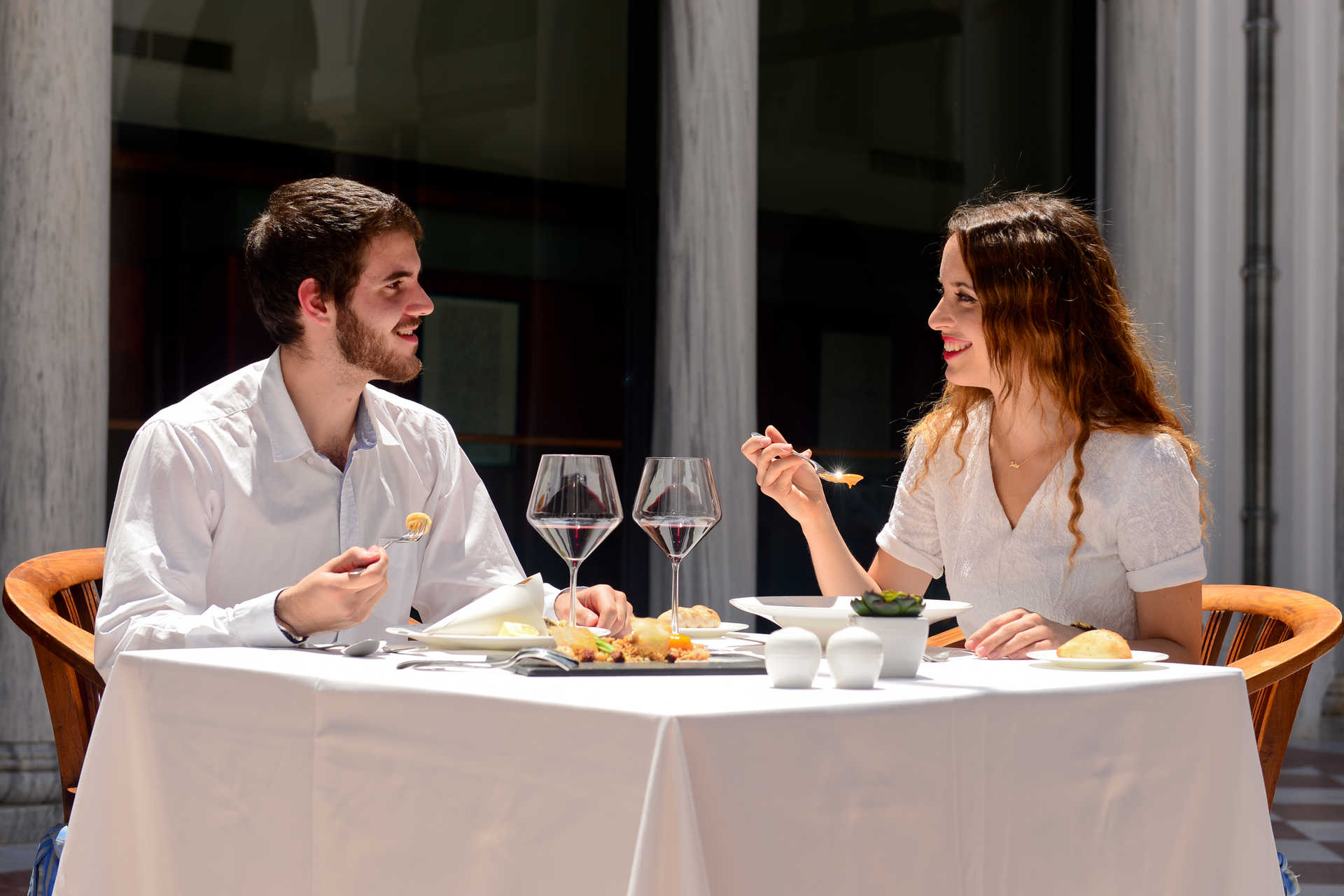
Good Andalusian cuisine must include a good salmorejo or Gazpacho.

Those refreshing, cold soups–full of vitamins. Both contain tomato, garlic, stale bread, olive oil and salt but, in the case of gazpacho, the main difference is that we add water, cucumber, green pepper and vinegar, which salmorejo does not use but it uses a little more rustic bread to make it thicker.
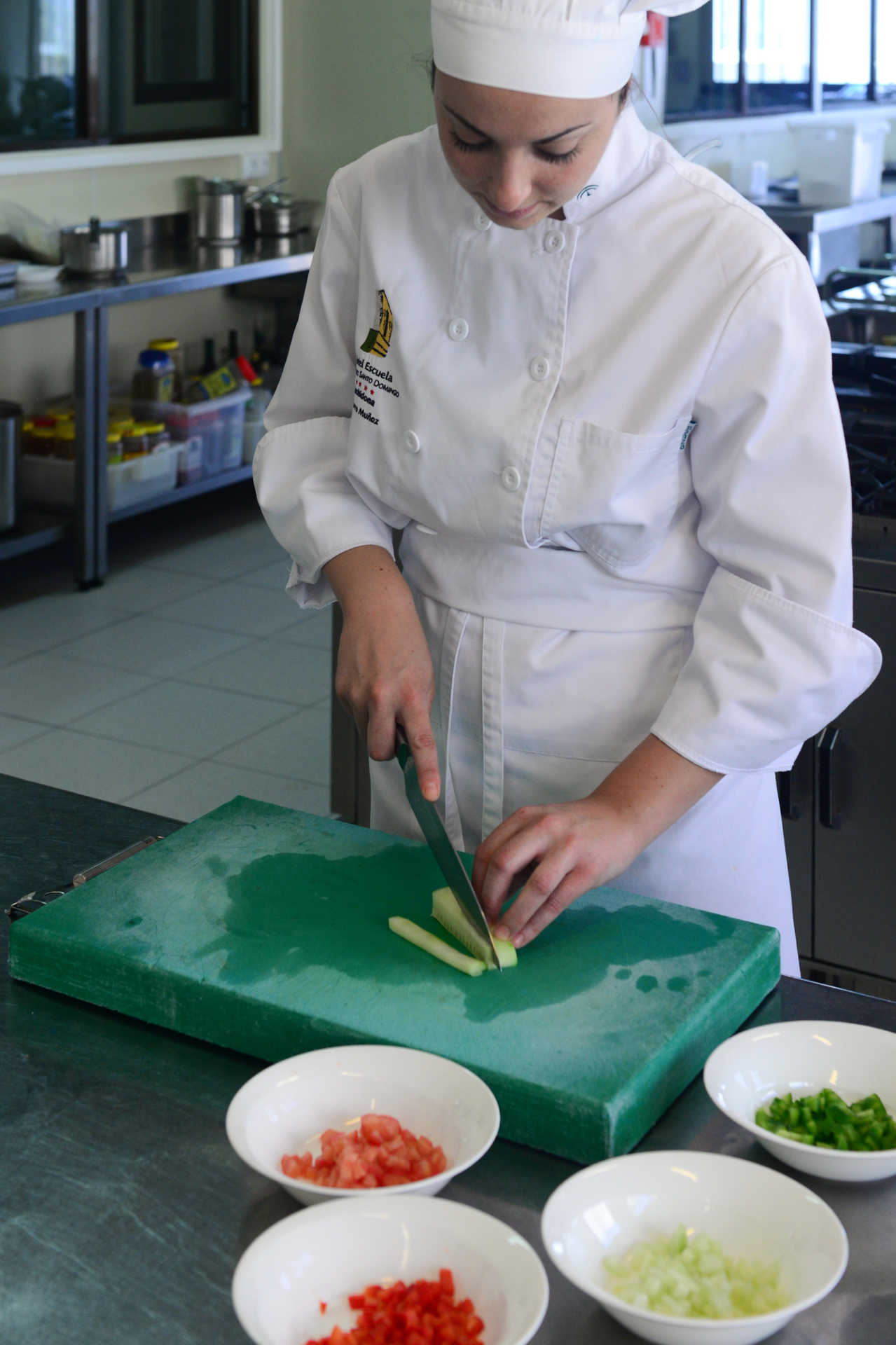
One of the tastiest and most delicious dishes that should never be forgotten in good Andalusian cuisine is oxtail. Depending on where we are in Andalusia, it will have one name or another: "cola de toro" or "rabo de toro".
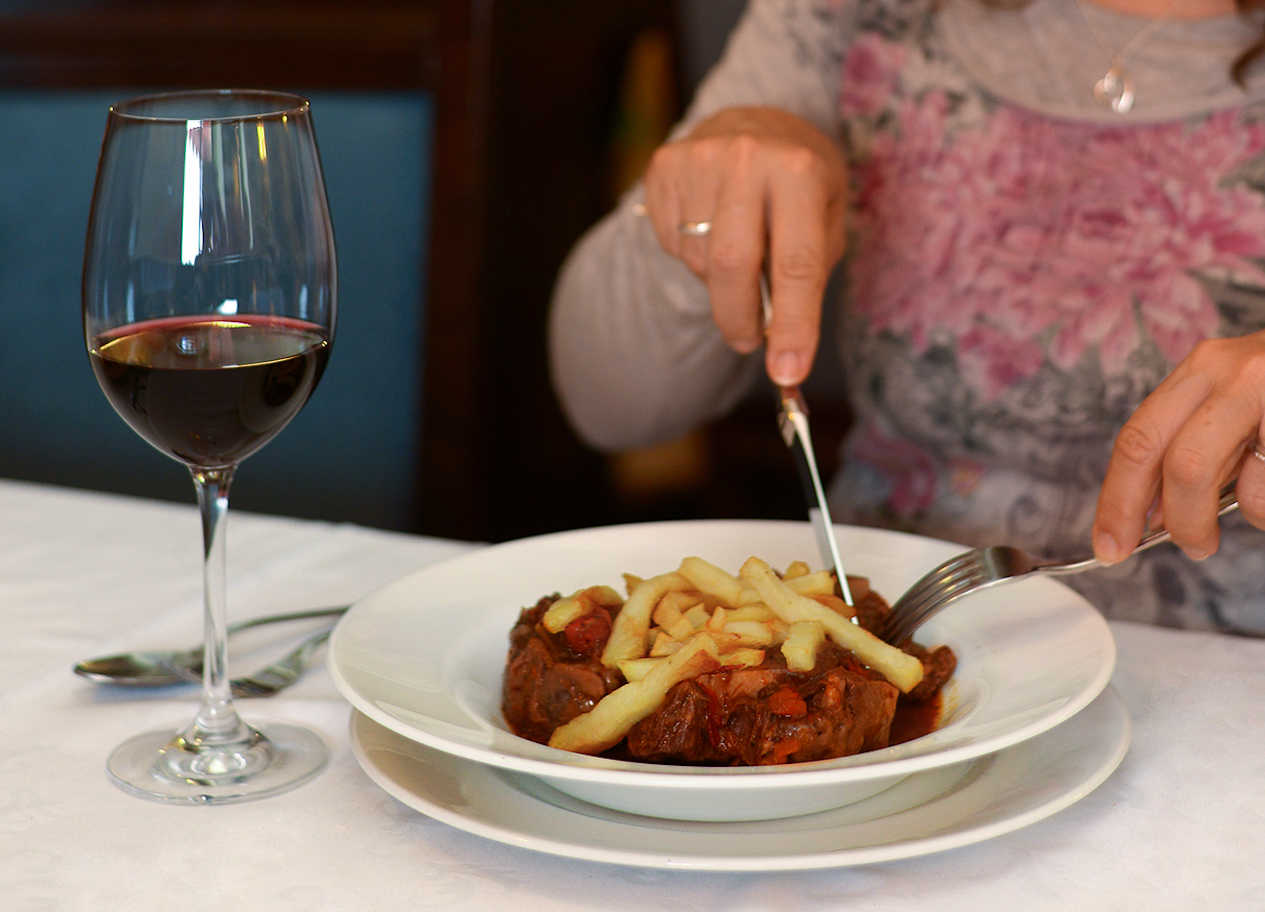
Finally, fried fish–found everywhere all along the Andalusian coast but especially famous in Cadiz and Huelva. Baby plaice, squid, anchovies… There is no secret or science. Just a bit of salt, some hot extra virgin olive oil, pop them in for a second and straight to the table. Delicious.
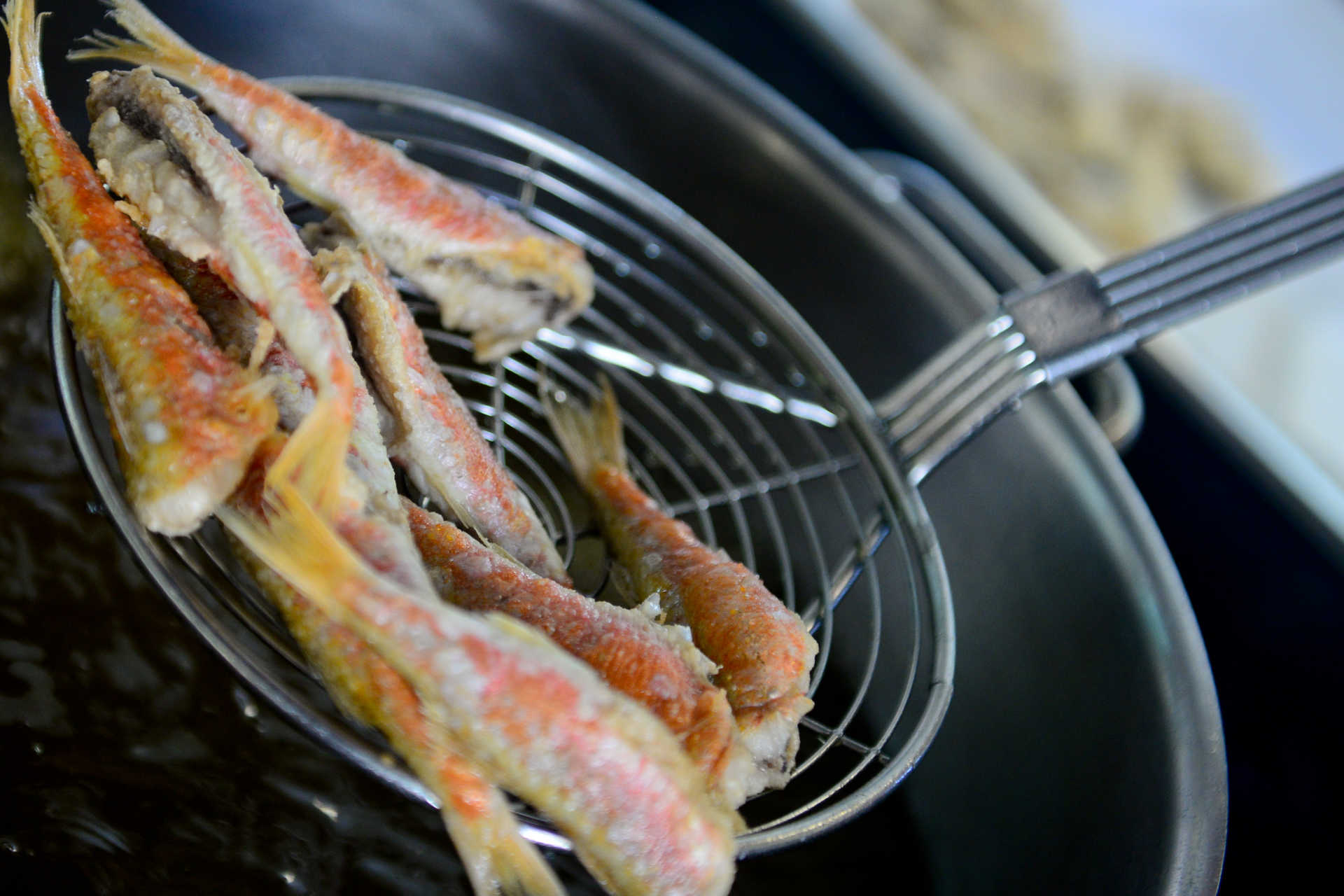
If you come to Andalusia, one of the dishes that you cannot miss and must try in winter is 'puchero' stew. This stew is made with chickpeas, which we leave sitting for 24 hours and then we combine it with a little veal, pork, salty lard and some chicken.
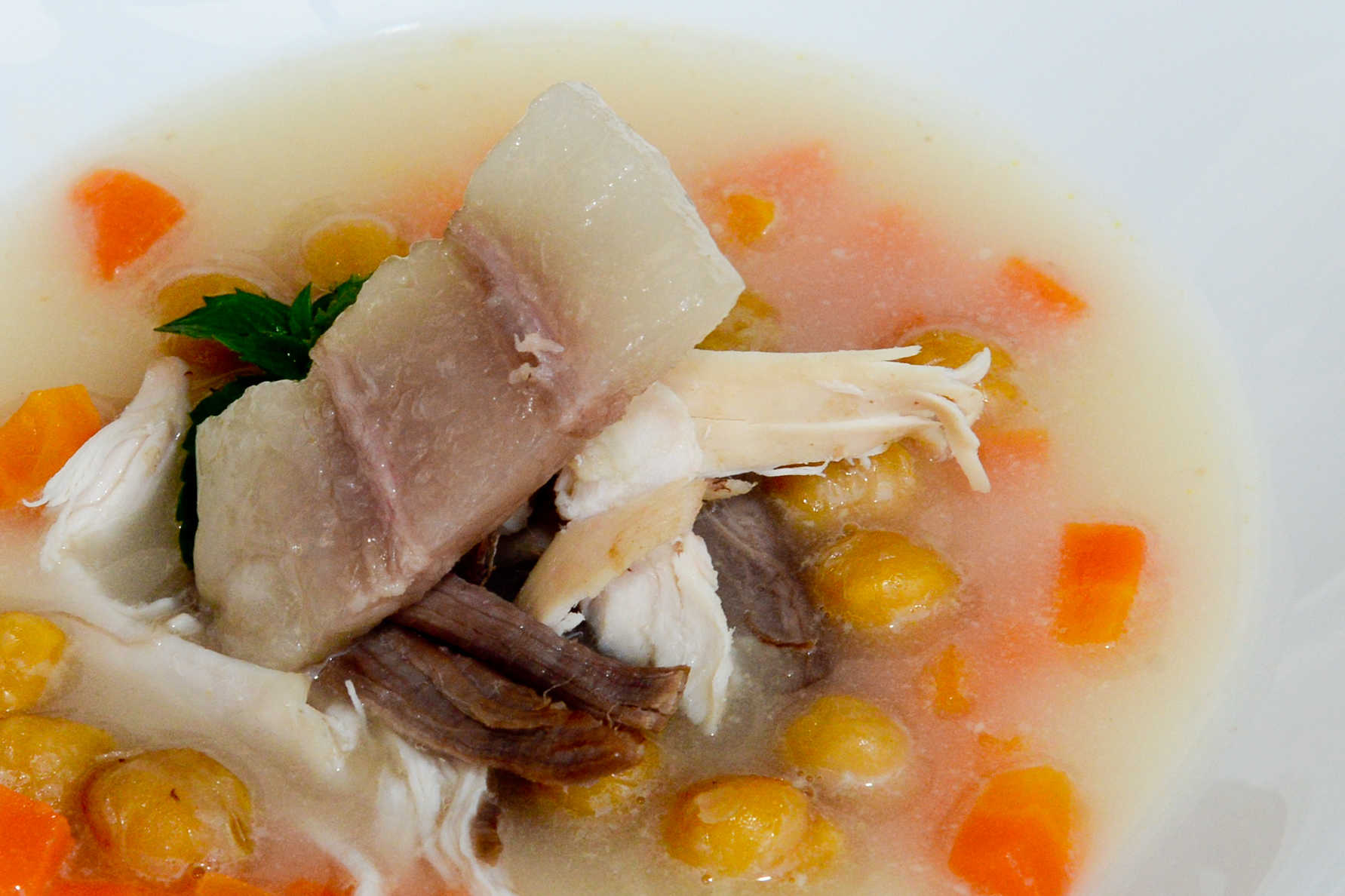
We heat the water until it is lukewarm, we add the meat, the chickpeas that we have had soaking since the day before adding them and we include some vegetables such as, for example, carrots, garlic, celery, onion and a little potato to thicken the puchero stew.
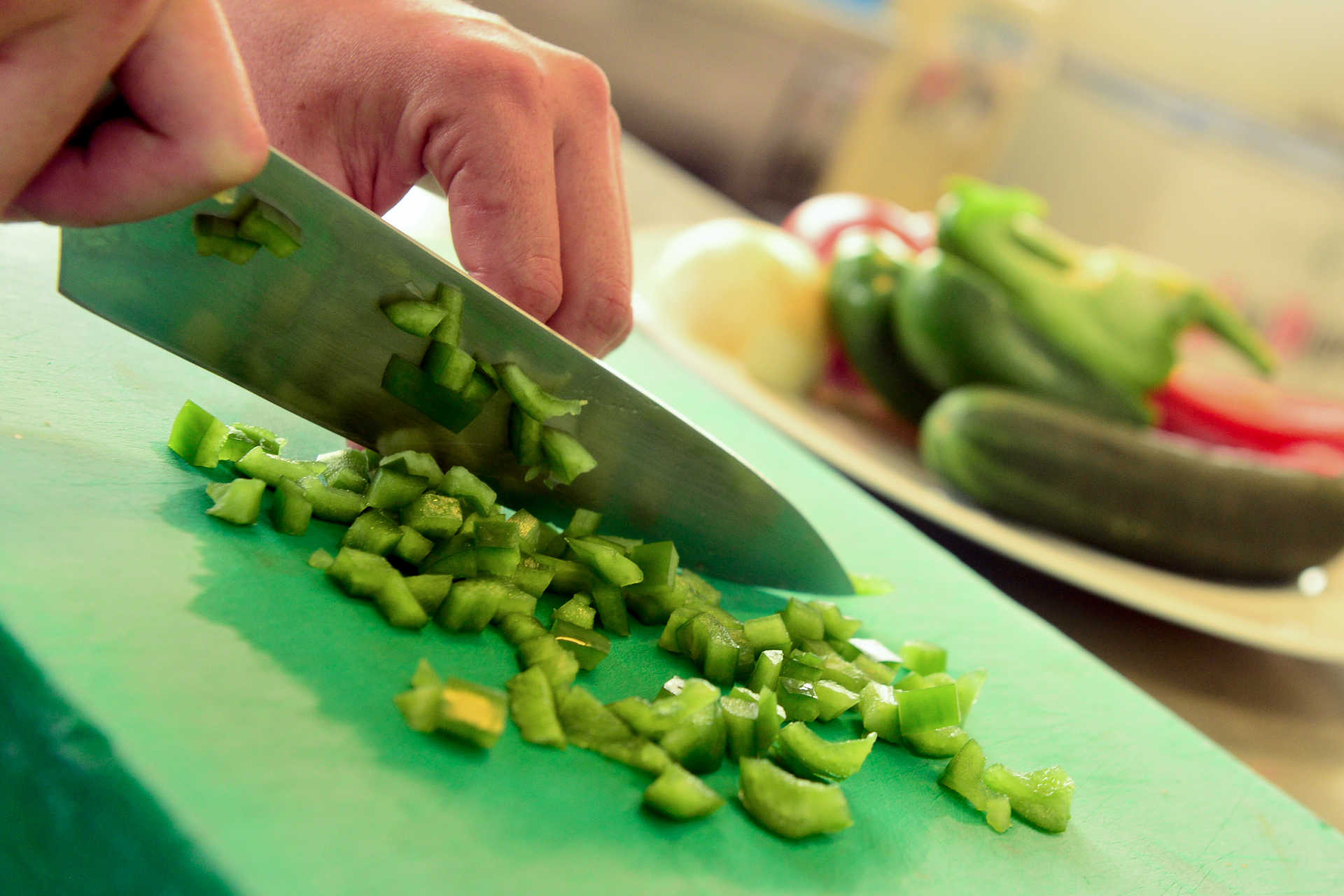
In some parts of Andalusia, we also add vegetables such as, for example, fennel, green beans, pumpkin and cabbage, not forgetting that 'puchero' is eaten during Lent and is given the name potaje de vigilia (stew of abstinence). We make this stew with spinach and cod, where all the meat from the traditional 'puchero' is substituted by a little cod and spinach, and it is one of the most classic and traditional dishes in Andalusian cuisine.
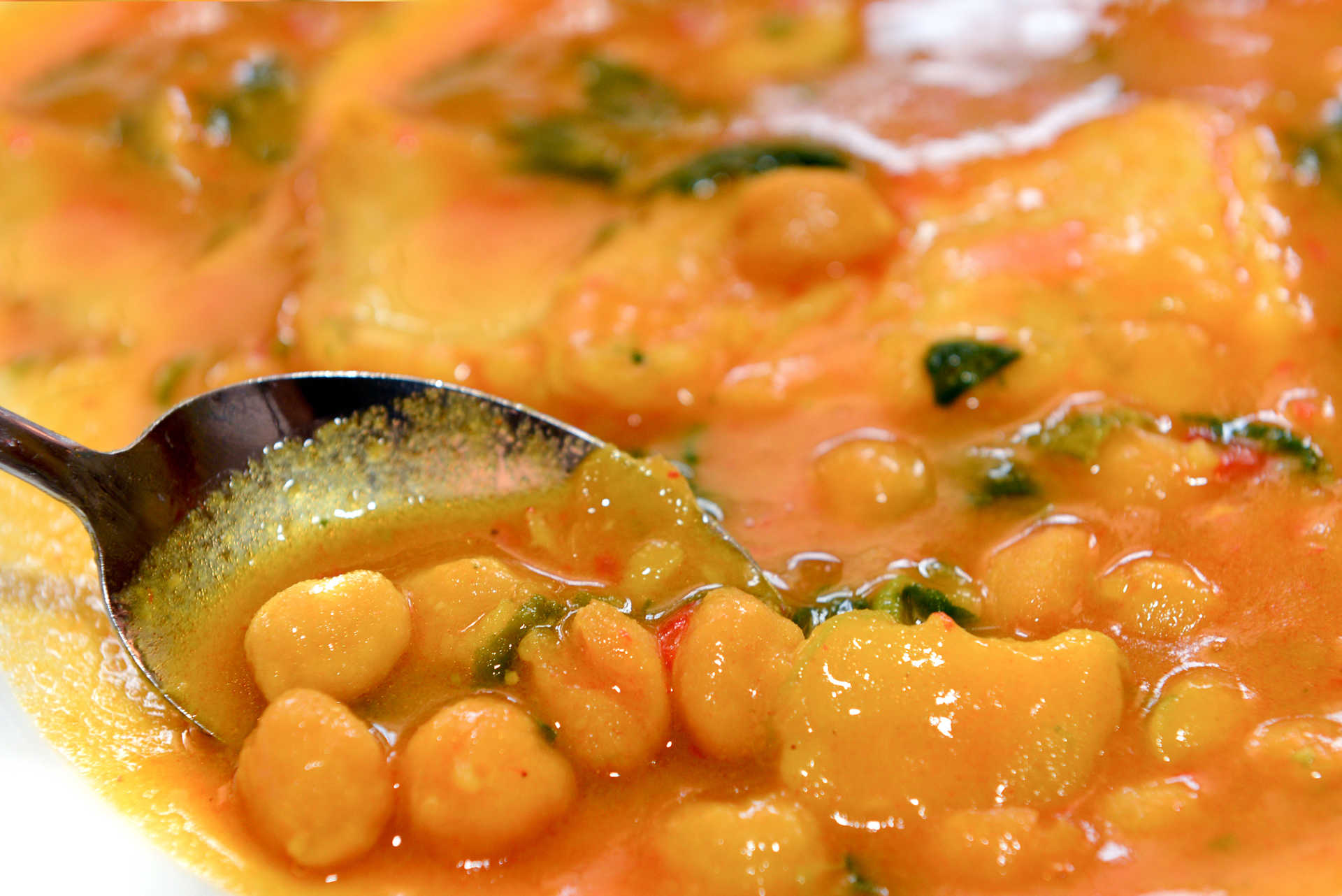
Other dishes that it would be a sin not to try if you travel to Andalusia are the delicious game dishes from the Cadiz Mountains. A good boar, rabbit, partridge, stag or deer will have you licking your fingers with one of the most delicious meats in Andalusia.
Back to the coast and we're talking of prawns. On the one hand the rose shrimp from Huelva…
And, on the other, the prawns that are considered the best in the world. The red prawn of Garrucha.
And what better way to accompany them than with another world-famous food, a good Iberian acorn-fed ham from the Pedroches Valley or the Huelva Mountains.
And to finish, a cheese from the Sierra de Grazalema: Payoyo–famous worldwide as the tastiest in the world.
Nor can we forget about a good rice a la marinera…
Nor another of typical Andalusian summer cuisine: Pipirrana salad. A typical Andalusian dish made with tomato, cucumber, red peppers, green peppers, fresh spring onion, salt, a good vinaigrette, extra virgin olive oil, a little vinegar and cumin, all chopped up into slices, to which we can add any shellfish we have at home, prawns or octopus; we season well and it's ready to serve.
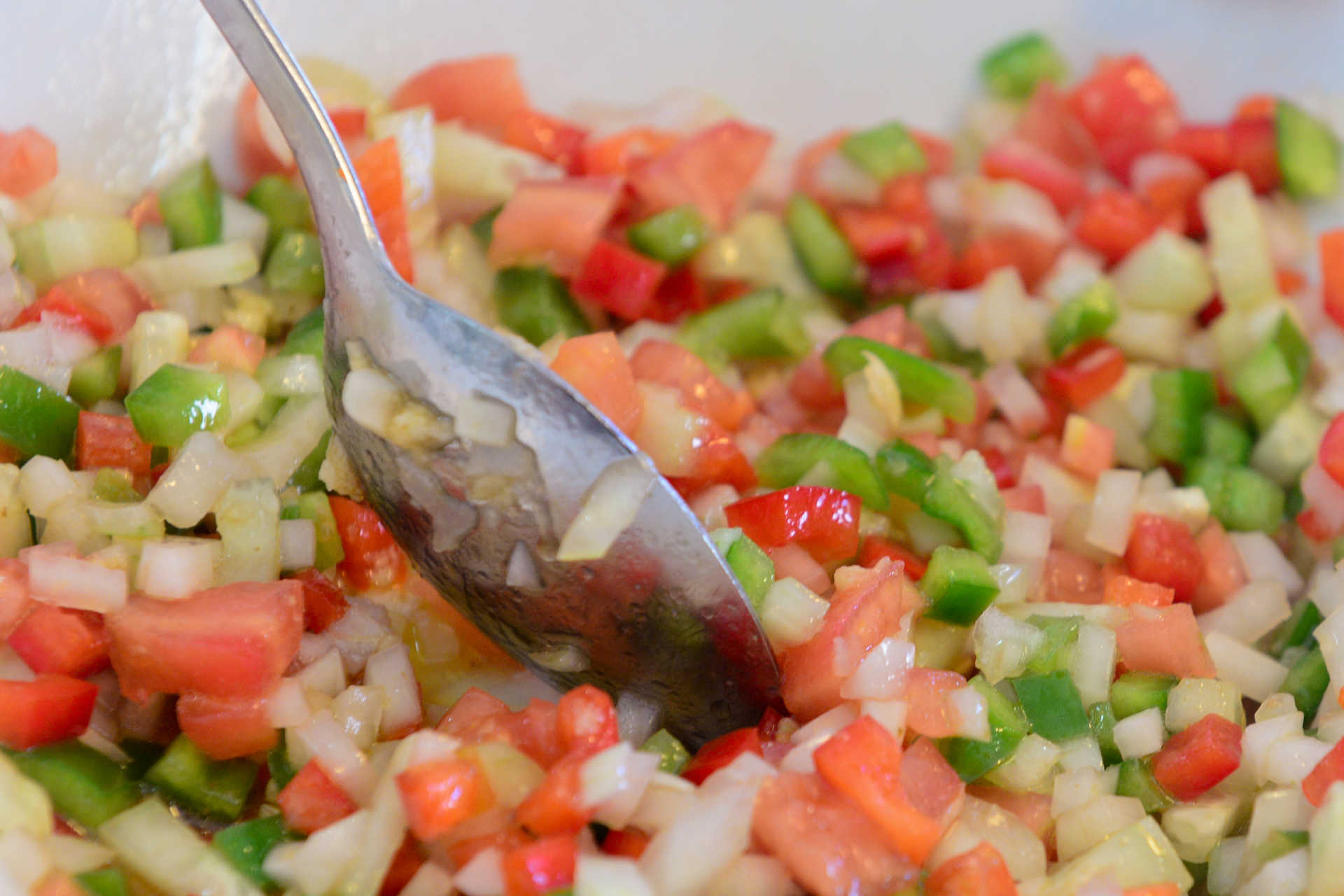
Another traditional dish of Andalusian cuisine that cannot be overlooked on our table, particularly in winter, and which brings us together around it, is migas de matanza. The main ingredient of this dish is freshly-slaughtered meat, which —in this case— would be a little lard or fresh streaky bacon, chorizo, stale bread and a little garlic.
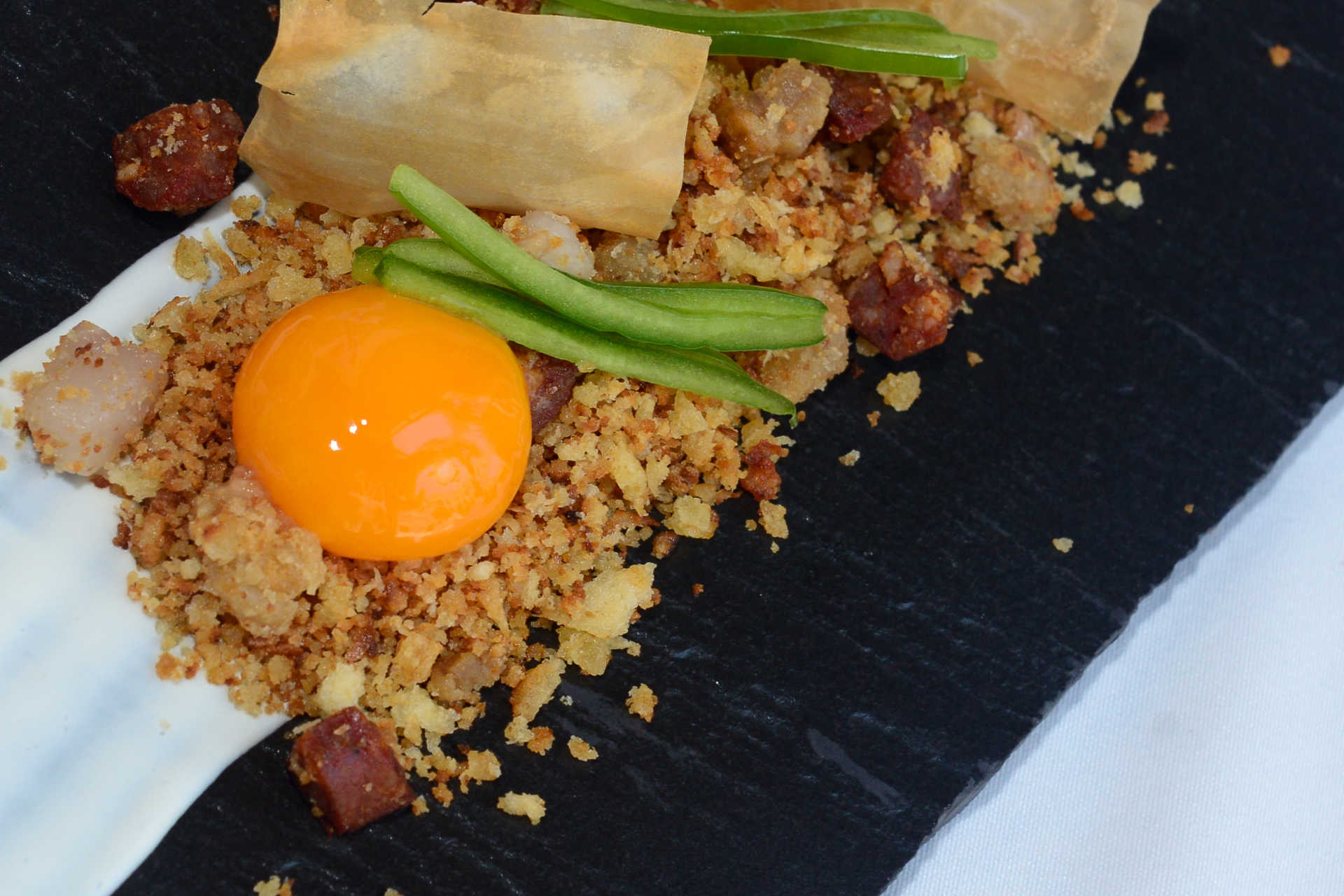
Finally, our sweets, and this is, perhaps, where the Moorish influence can be seen most clearly, as our pastries use a lot of honey and almonds to make "polvorones" or "mantecados"–two very typical Andalusian biscuits. A "poleá" (like a sweet porridge), a "torta inglesa" (a spongy puff pastry with filling), "tocinito de cielo" (very sweet, set custard), delicious "piononos" (small sponge roll with confectioner's cream) or a "bienmesabe" (almond cake) from Antequera, amongst lots of other sweet delights of our land that you shouldn't miss.
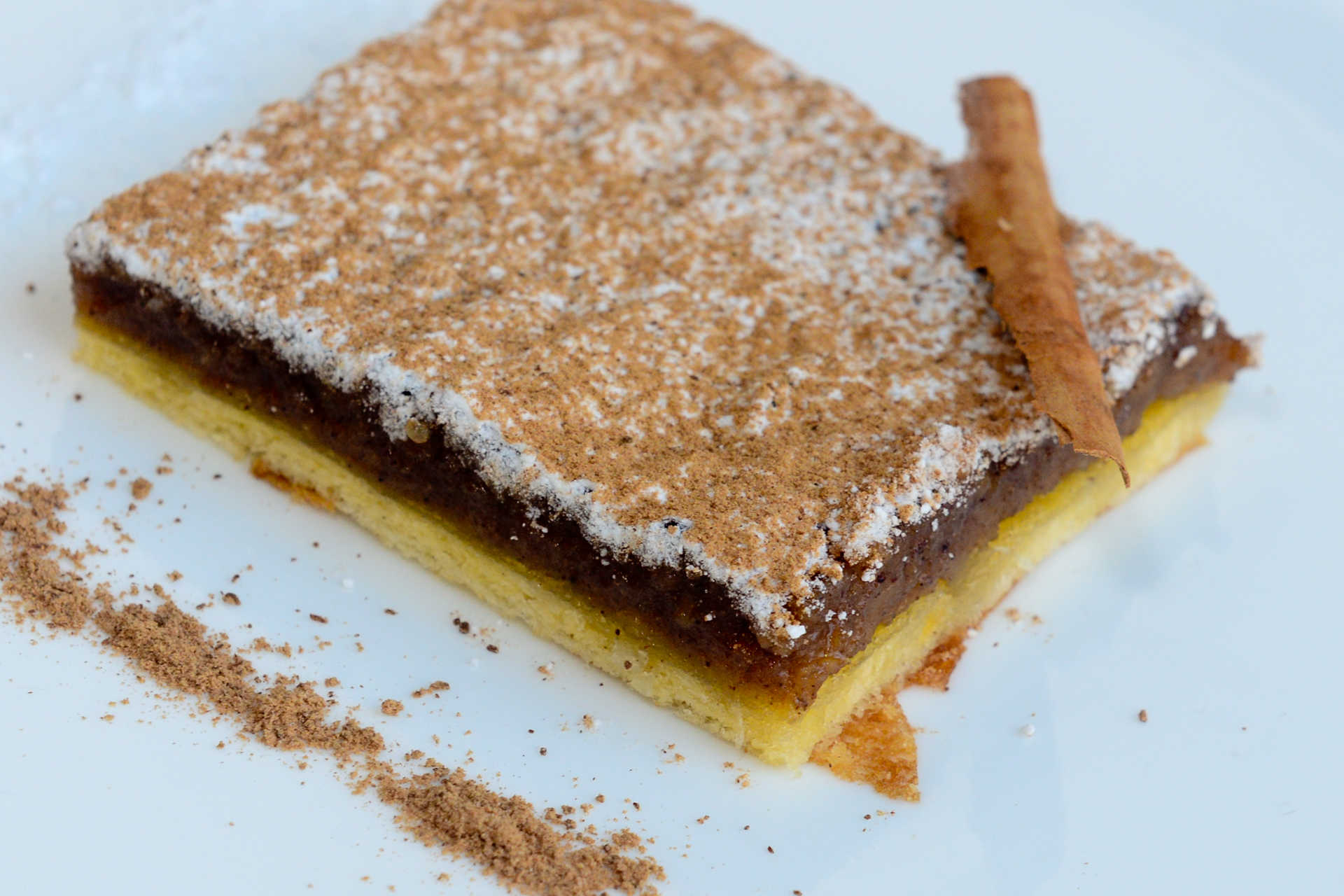
In short, Andalusian dishes made using top-quality ingredients that are as rich and diverse as the Andalusian landscape. Bon appetit!

